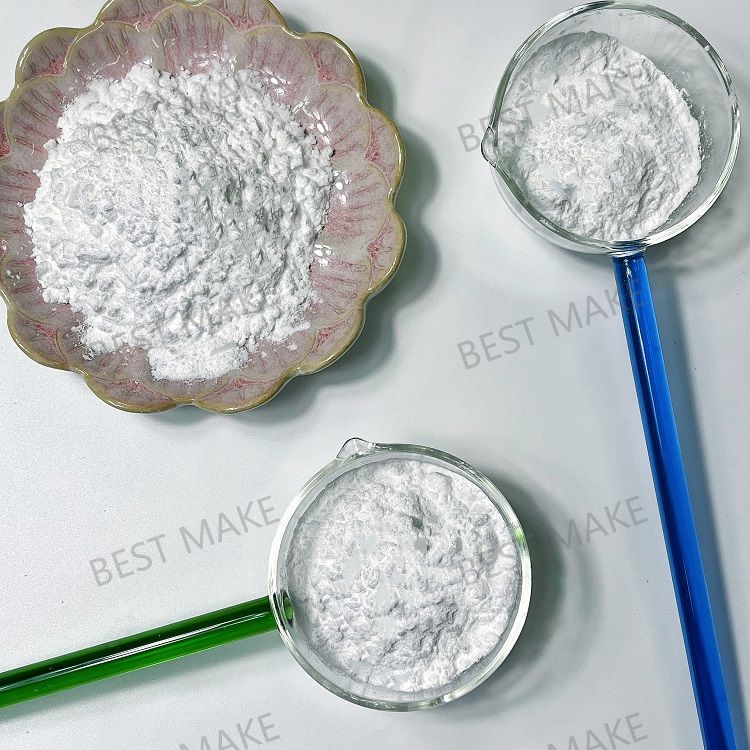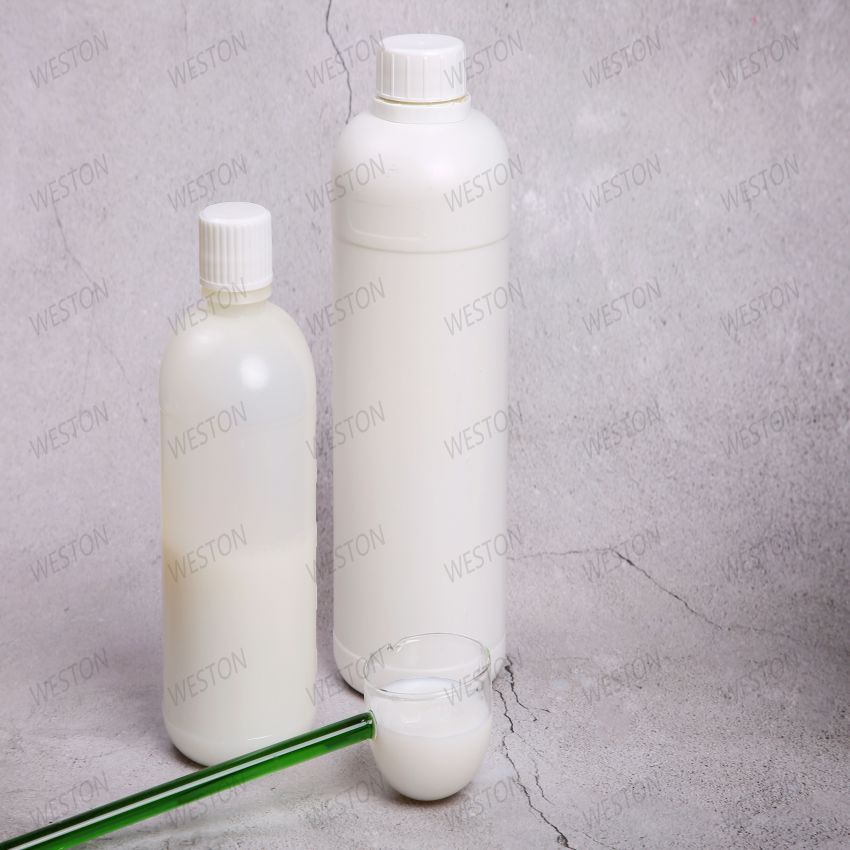-
Categories
-
Pharmaceutical Intermediates
-
Active Pharmaceutical Ingredients
-
Food Additives
- Industrial Coatings
- Agrochemicals
- Dyes and Pigments
- Surfactant
- Flavors and Fragrances
- Chemical Reagents
- Catalyst and Auxiliary
- Natural Products
- Inorganic Chemistry
-
Organic Chemistry
-
Biochemical Engineering
- Analytical Chemistry
- Cosmetic Ingredient
-
Pharmaceutical Intermediates
Promotion
ECHEMI Mall
Wholesale
Weekly Price
Exhibition
News
-
Trade Service
(5) Immunoassay (IA)
Immunoassay technology is an analysis method based on the specific and reversible binding reaction of antigen and antibody
.
Immune response involves highly complementary chemical, electrostatic, hydrogen bonding, van der Waals force and hydrophobic domain interactions between antigen and antibody, so it has high selectivity and high sensitivity, and is very suitable for the detection of trace components in complex matrices
1) Enzyme linked immunosorbent assays (ELISA)
OLQ does not have a suitable active functional group that can be directly connected to the carrier protein, and its hydroxyl group must be transformed into a carboxyl group before it can be coupled to the carrier protein
.
Song Chunmei et al.
Figure 15-4 OLQ antigen synthesis route
Cheng et al.
prepared antibodies to quinoxalines and established corresponding indirect competitive ELISA assay methods
.
First synthesize 2-acrylicacid-1,4-binitrogen quinoxaline (2-acrylicacid-1,4-binitrogen quinoxaline), then react with NHS and cyclohexylcarbodiimide hydrochloride (DCC) in pyridine at room temperature The activated ester reaction is carried out for 3 hours, and the product is coupled with ovalbumin (OVA) or bovine serum albumin (BSA) to obtain the coating or immunogen, and the animal is immunized to obtain antibodies
Cheng et al.
established a specific indirect competitive ELISA method to detect MQCA
.
MQCA, NHS and DCC used the activated ester method to synthesize haptens, which were then coupled with BSA and OVA respectively to serve as immunogens and coating agents to immunize mice and screen to obtain monoclonal antibodies
2) Fluorescence quenching immunoassay (FQI)
Ji Baoqing uses the OLQ metabolite MQCA antibody to establish a highly sensitive detection method for fluorescence quenching based on antibody-antigen reaction and nano-DNA technology
.
First, synthesize magnetic nanoparticles and gold nanoparticles, couple DNA and gold nanoparticles to obtain nanoprobes, instead of traditional horseradish peroxidase (HRP) coupled with secondary antibodies, then proceed in a flow injection system Immune response
3) Gold immune chromatographic assay (GICA)
Huo Rulin and others have developed colloidal gold immunochromatographic test strips for the rapid detection of OLQ drug residues in animal-derived foods
.
The gold-labeled antibody produced by combining the prepared and purified OLQ polyclonal antibody with colloidal gold was sprayed on a glass fiber mat, and the coating antigen OLA-OVA and goat anti-mouse secondary antibody were respectively combined on the nitrocellulose membrane to assemble into The immunochromatography quickly detects the test strip, and detects the sensitivity, specificity, accuracy and stability of the test strip







